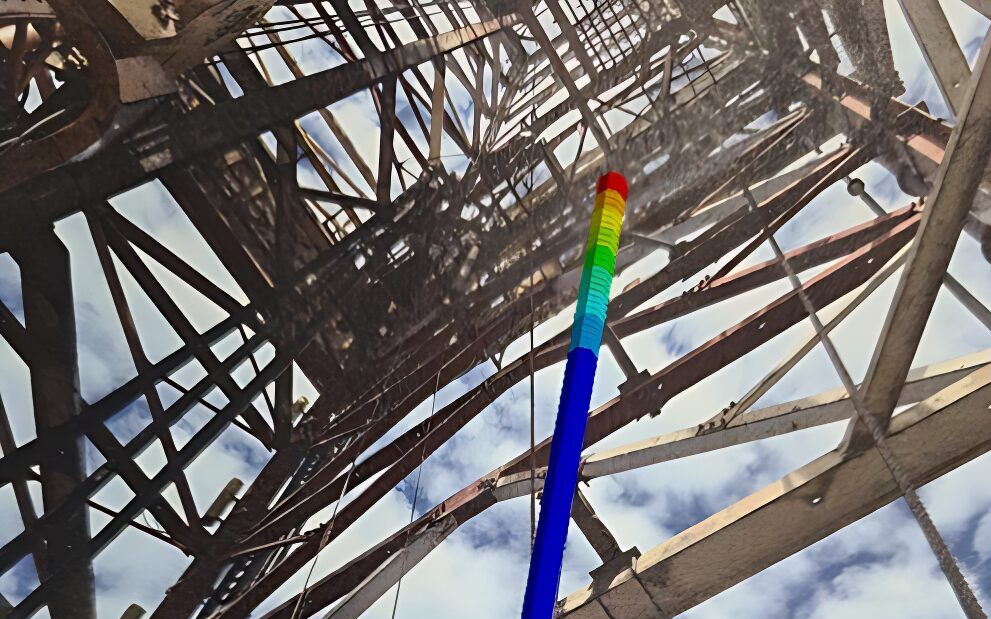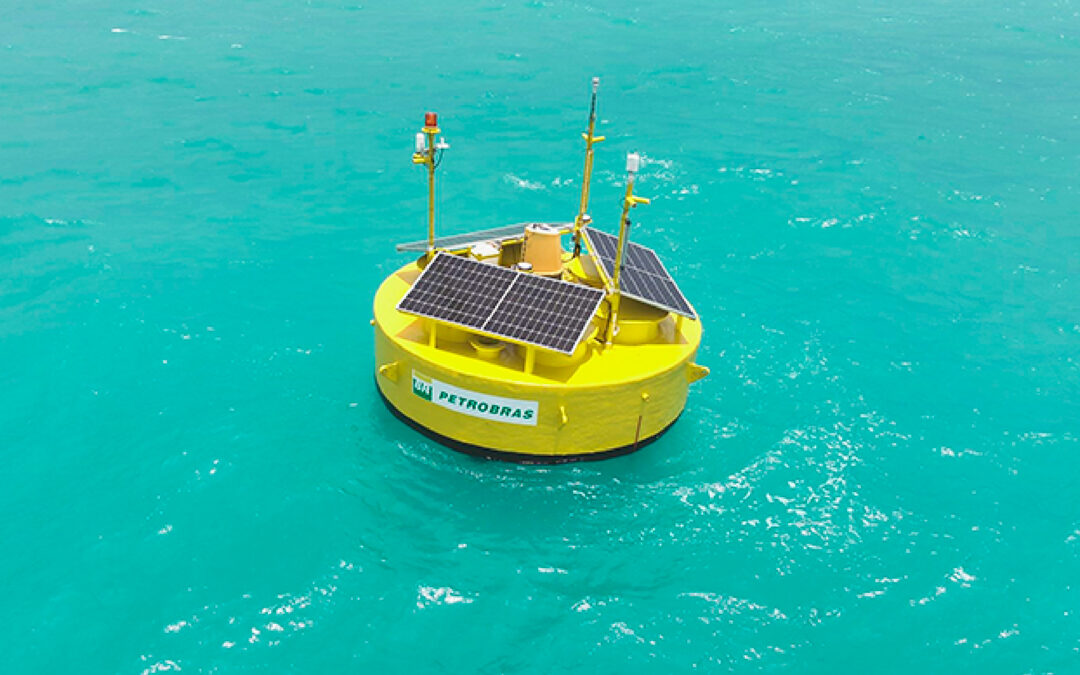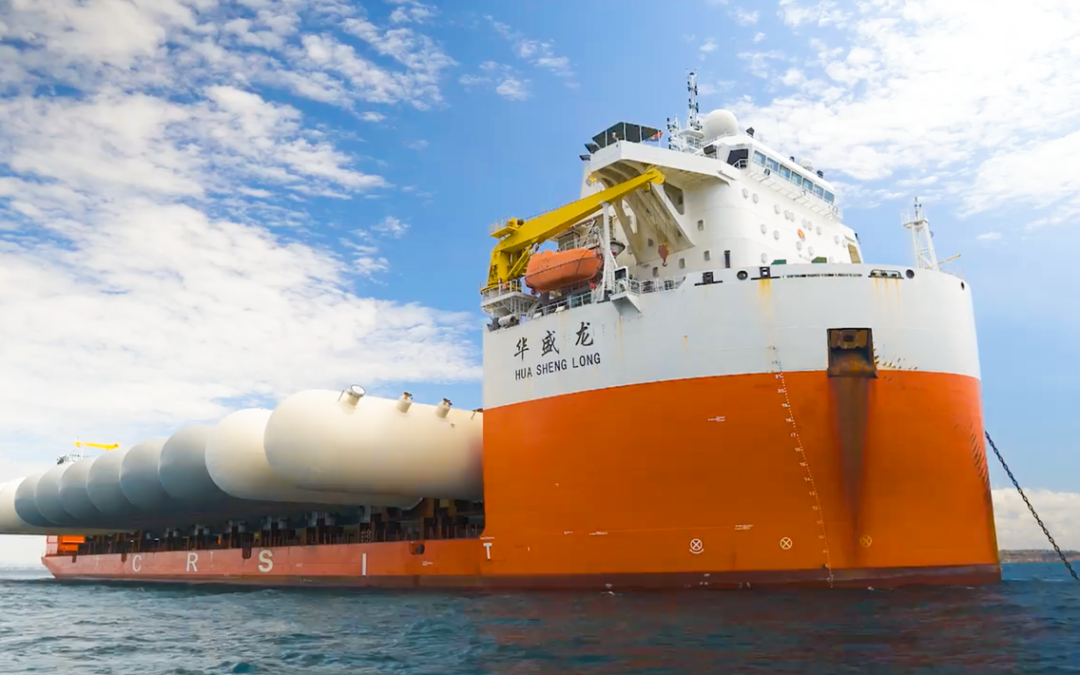CONTEXT
Ensuring operational reliability is paramount in the dynamic landscape of drilling operations. This white paper delves into a detailed Root Cause Analysis (RCA) conducted to investigate a standpipe failure during drilling operations. This study aimed to provide invaluable insights for enhancing operational reliability and safety.
A mud standpipe failure while drilling may cause significant challenges and underscored the critical importance of proactive analysis and robust solutions. This paper presents a comprehensive examination of the incident. In addition, it offers a nuanced understanding of the contributing factors and actionable recommendations for mitigating similar risks in the future.
DEVELOPED WORK
- Hydraulic Transient Analysis: Evaluation of pressure wave speed and drilling pipe period provided insights into the dynamics of pressure fluctuations, shedding light on potential causal factors.
- Modal Analysis: FEA facilitated the identification of natural mode shapes and frequencies, offering critical insights into the structural response to pressure cycles.
- Pressure Frequency Domain Examination: Analysis of pressure oscillation events elucidated their characteristics, possible sources, and relationship with standpipe resonance.
- Pressure Loading Analysis: The assessment, also by FEA, of the pressure cycle range revealed significant variations in load distribution, pinpointing areas of structural vulnerability and allowing the evaluation of mitigation measures.
Each methodology contributed unique perspectives to unravel the intricacies surrounding the standpipe failure.
CONCLUSION
The conducted RCA offers valuable insights into the complexities of pipe failure in drilling operations. By leveraging a multi-disciplinary approach and proactive mitigation strategies, operators can fortify their operations against similar risks. It is possible because it allows fostering enhanced reliability, safety, and efficiency in drilling endeavors.



